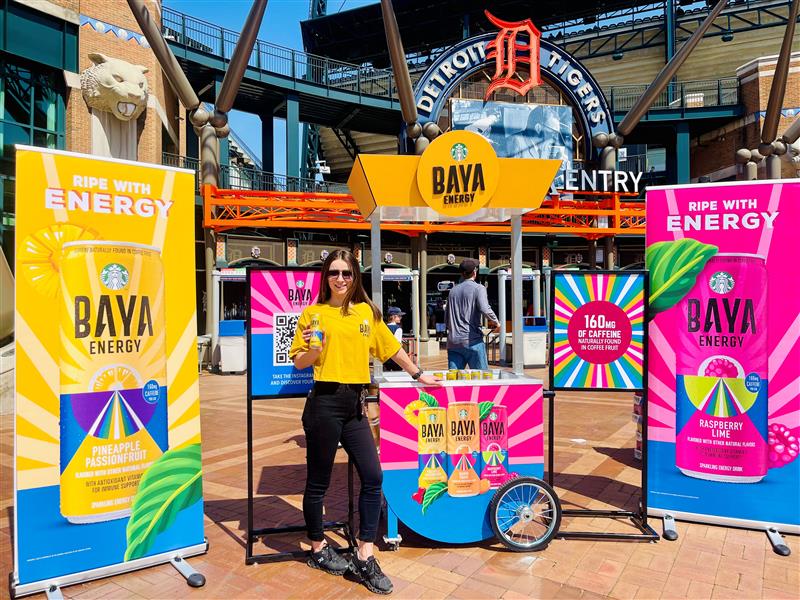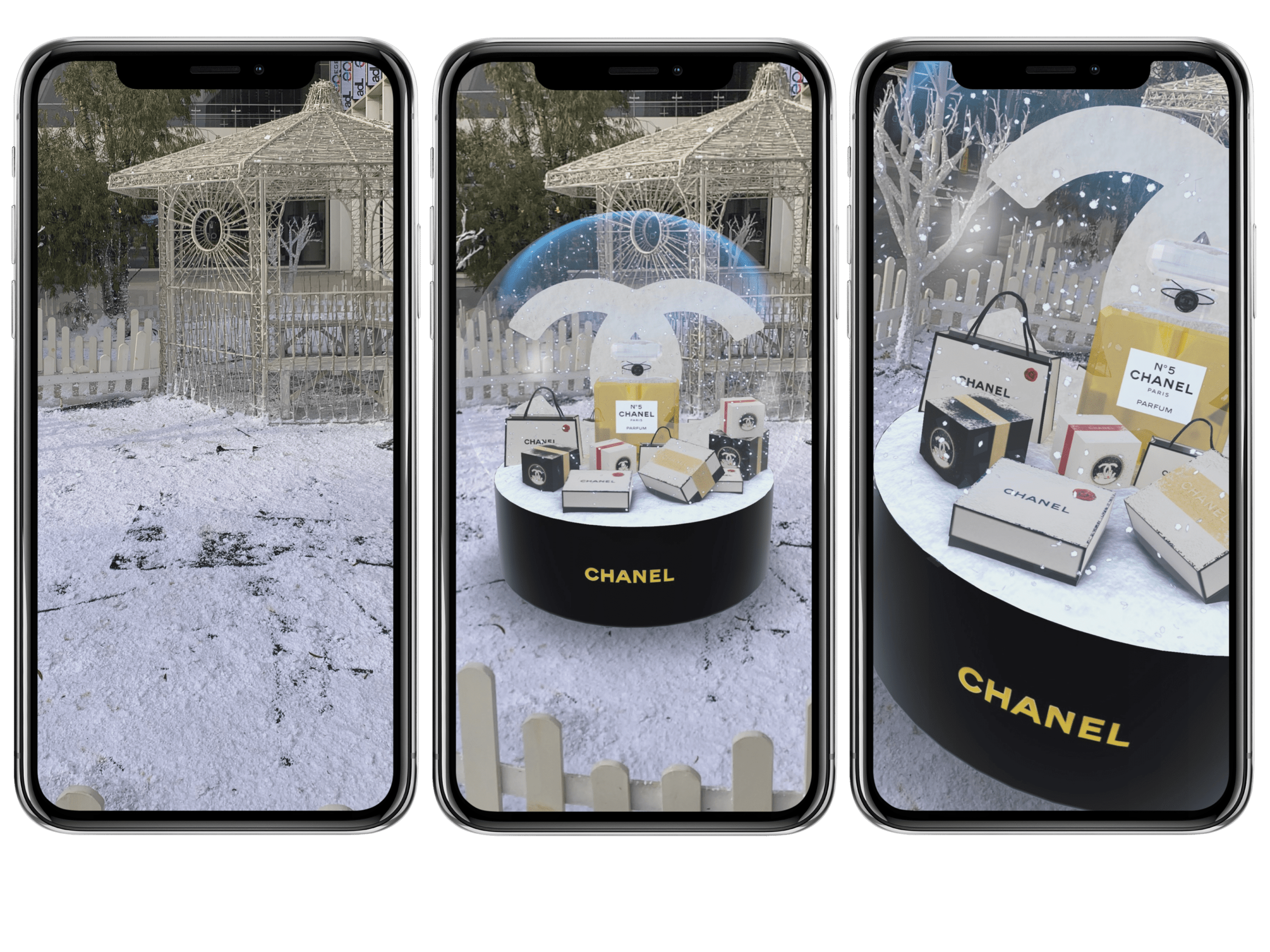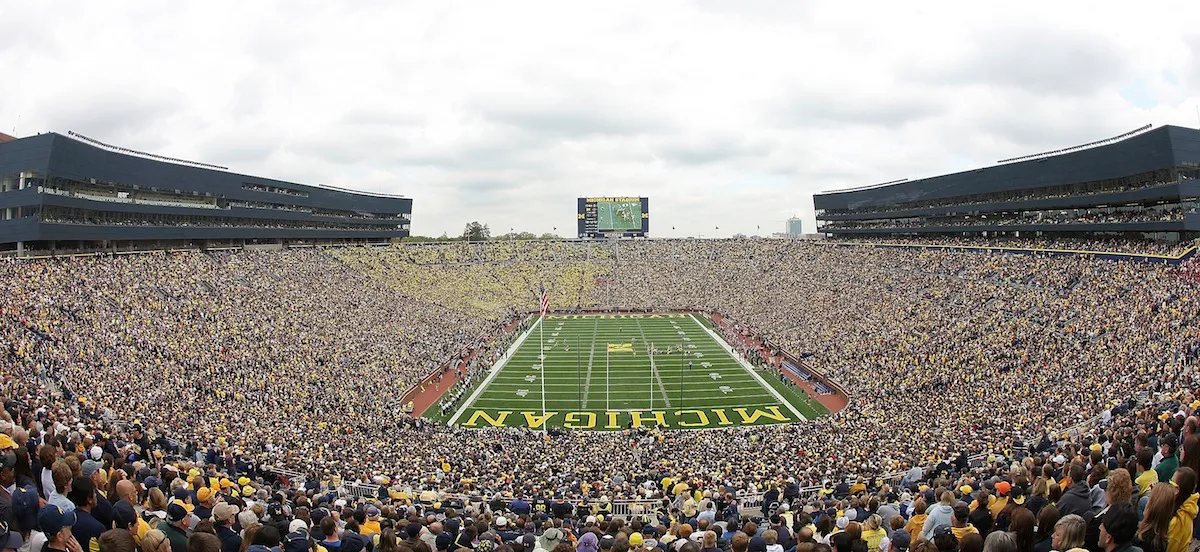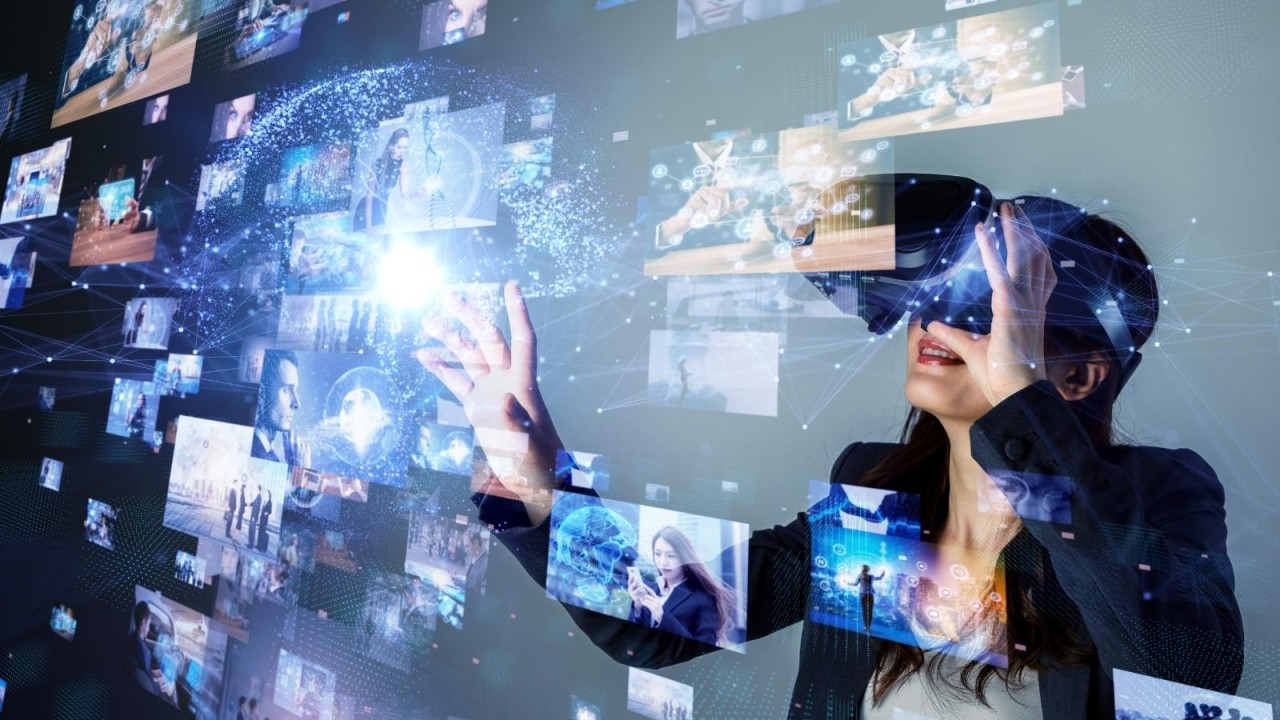In today’s fast-paced digital world, brands must find ways to stand out, engage audiences, and create memorable experiences that go beyond traditional advertising. This is where experiential marketing comes in. Unlike standard digital marketing, which focuses on online content, social media, and paid ads, experiential marketing creates real-world interactions that make consumers feel connected to a brand on a personal level.
But how does experiential marketing work? How can brands implement it effectively, and why is it so powerful? This article will break down how experiential marketing functions, showcase real-world examples, and explain how Towerhouse Global can help brands create high-impact live activations and immersive experiences that drive engagement and brand loyalty.
1. What is Experiential Marketing?
Defining Experiential Marketing
Experiential marketing (also known as engagement marketing, live marketing, or event marketing) is a strategy that immerses consumers in interactive brand experiences, allowing them to engage with a product or service in a meaningful way.
Instead of relying solely on traditional digital marketing techniques—such as banner ads, SEO, and social media posts—experiential marketing brings brands to life through real-world activations that create strong emotional connections with consumers.
📌Examples of Experiential Marketing Campaigns:
- Nike’s House of Innovation – A retail experience where customers can customize sneakers, try them on using AR, and interact with cutting-edge brand technology.
- Coca-Cola’s Share a Coke Campaign – Customers could personalize Coke bottles with their names, making the brand experience more personal and shareable.
- IKEA’s AR-Powered Shopping Experience – An app that allows customers to place virtual IKEA furniture in their homes before purchasing.
✔Why Experiential Marketing Works:
✅It creates a strong emotional connection with consumers.
✅It encourages word-of-mouth marketing and social sharing.
✅It enhances brand recall and customer loyalty.
How Towerhouse Global Can Help:
We specialize in creating interactive, high-impact experiential marketing campaigns that drive engagement and consumer connection.
2. How Does Experiential Marketing Work?
The Core Principles of Experiential Marketing
For experiential marketing to be effective, it must:
✔Engage the Senses – Consumers must be able to see, touch, hear, or even taste the brand experience.
✔Create Emotional Connections – Experiences should evoke emotions that make the brand memorable.
✔Encourage Participation – The audience should be actively involved, not just observing.
✔Integrate Digital Marketing – Successful campaigns blend real-world experiences with social media, influencer collaborations, and digital amplification.
📌Example: How a Successful Experiential Campaign Works
Let’s say a cosmetic brand is launching a new lipstick line. Here’s how experiential marketing would work:
1️⃣In-Store Experience: The brand sets up an interactive pop-up where consumers can try on lipsticks using AR technology.
2️⃣Live Events: The brand hosts makeup tutorials with beauty influencers at major retail locations.
3️⃣Social Media Integration: Consumers are encouraged to share their experience using a branded hashtag for a chance to win products.
4️⃣Digital Marketing Boost: The brand runs targeted social media ads showcasing user-generated content from the experience.
✔Result: The campaign generates organic buzz, higher sales, and increased social media engagement, making the product launch a success.
How Towerhouse Global Can Help:
We develop custom experiential marketing campaigns that seamlessly integrate live activations with digital marketing strategies to maximize impact.
3. The Role of Digital Marketing in Experiential Campaigns
Bridging the Gap Between Online & Offline Engagement
While experiential marketing focuses on real-world interactions, it must be supported by digital marketing strategies to extend reach and engagement.
📌How Digital Marketing Enhances Experiential Marketing:
✔Social Media Promotion – Before, during, and after events, social media amplifies experiential activations.
✔Influencer Marketing – Brands can partner with influencers to promote live experiences.
✔User-Generated Content (UGC) – Encouraging attendees to share their experiences online increases campaign visibility.
✔SEO & Content Marketing – Blog posts, landing pages, and event recaps help drive long-term search traffic.
📌Example: Red Bull’s Stratos Jump
- Live Experience: Red Bull sponsored a record-breaking skydive from space, aligning with their brand’s adventurous image.
- Digital Marketing Tie-In: The event was live-streamed on YouTube, generating millions of views and massive online engagement.
✔Why This Worked:
✅Blended digital and real-world experiences.
✅Created emotional, shareable moments.
✅Kept audiences engaged before, during, and after the event.
How Towerhouse Global Can Help:
We ensure that experiential campaigns are digitally amplified, maximizing exposure through SEO, influencer marketing, and social media engagement.
4. The Benefits of Experiential Marketing
Why Brands Are Investing in Experiential Campaigns
📌1. Stronger Brand Loyalty
✔ Consumers are more likely to remember and engage with brands that provide hands-on experiences.
📌2. Higher Social Media Engagement
✔Experiential activations generate user-generated content (UGC), increasing organic social reach.
📌3. Increased Conversion Rates
✔People are more likely to buy a product after trying it firsthand.
📌4. Competitive Differentiation
✔ Brands that create interactive, immersive experiences stand out in a crowded market.
📌5. Long-Term Brand Recall
✔ Experiences leave a lasting impression, making brands more memorable.
How Towerhouse Global Can Help:
We design high-impact, results-driven experiential marketing campaigns that boost brand engagement, conversions, and consumer loyalty.
- How to Implement an Effective Experiential Marketing Campaign
Step-by-Step Guide to Launching an Experiential Activation
✔Step 1: Define Your Goal – Do you want to increase brand awareness, drive sales, or generate buzz?
✔Step 2: Know Your Audience – Identify who you want to engage and what experiences will resonate with them.
✔Step 3: Develop an Engaging Concept – Create an interactive activation that aligns with your brand’s identity.
✔Step 4: Integrate Digital Marketing – Use social media, influencers, and content marketing to extend reach.
✔Step 5: Measure Success – Track engagement metrics, social shares, foot traffic, and sales impact.
How Towerhouse Global Can Help:
We handle everything from creative ideation to execution, ensuring experiential campaigns achieve maximum impact.
Final Thoughts: Why Experiential Marketing is a Must-Have Strategy
With consumer expectations evolving, brands must go beyond traditional digital marketing and focus on creating immersive, real-world brand interactions. Experiential marketing is the key to making marketing more engaging, emotional, and impactful.
✔It builds emotional connections with consumers
✔It generates organic word-of-mouth and social sharing
✔It complements digital marketing strategies
✔It drives brand recall, loyalty, and sales
At Towerhouse Global, we specialize in:
✅Live event production & experiential activations
✅AR/VR-powered interactive brand experiences
✅Hybrid campaigns that merge digital and real-world engagement
📩Contact Towerhouse Global today to create a cutting-edge experiential marketing campaign that captivates audiences and drives real results! 🚀




